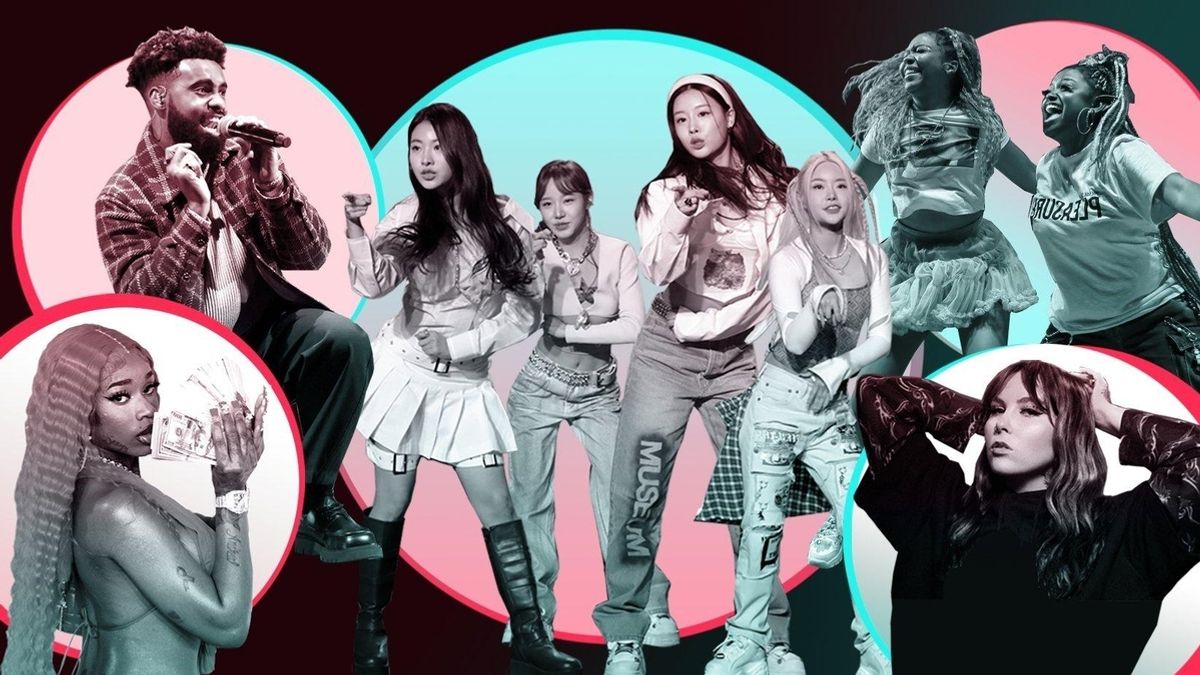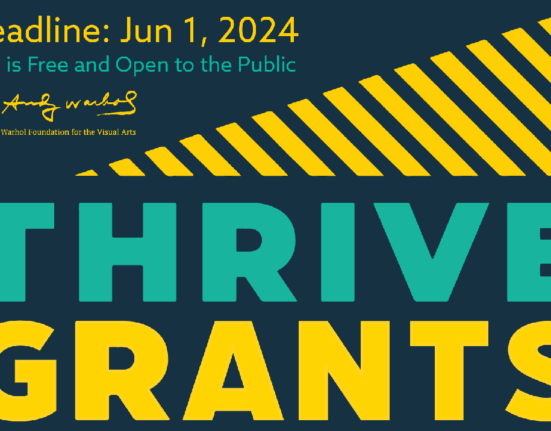In an era where TikTok and Spotify reign supreme, the traditional music video is experiencing a seismic shift in its relevance and impact on artist success. With evidence suggesting a decline in the necessity for music videos across various genres, artists and industry insiders are questioning their conventional strategies in adapting to new-age consumption habits.
Changing Tides in Music Consumption
Recent analysis by Chartmetric reveals a significant gap in viewership between music videos and streaming numbers on platforms like Spotify. In 2023, top tracks on Spotify saw an average of 1.1 billion streams, overshadowing their video counterparts by a staggering 731 million views. This shift indicates a preference for audio-only experiences over traditional video formats, a trend that seems to be growing among pop music consumers. However, genres like Latin music and K-pop continue to emphasize the importance of music videos, suggesting genre-specific consumption patterns.
The Role of Social Media Platforms
Platforms like TikTok have revolutionized how music is discovered and consumed, challenging the long-standing dominance of music videos. The platform’s ability to facilitate viral music trends through short clips has become a pivotal aspect of music promotion and discovery. This evolution reflects a broader shift towards bite-sized, easily digestible content, forcing artists and record labels to reconsider the value and format of music videos in their overall strategy.
Implications for the Music Industry
The changing landscape presents both challenges and opportunities for artists and the music industry at large. While some may view the decline in music video popularity as a relief, freeing them from the financial and creative burdens of video production, others recognize the importance of maintaining a visual presence across all available platforms. The ongoing debate highlights a critical juncture for the industry, as it navigates the balance between tradition and innovation in an increasingly digital and platform-driven market.
As artists and labels adapt to these new realities, the future of music videos remains uncertain. What is clear, however, is the need for a flexible and platform-agnostic approach to music promotion, one that embraces the evolving tastes and habits of a digitally-savvy audience. The shift may not signify the end of music videos but rather their transformation into a new form, better suited to the demands of contemporary music consumption.






